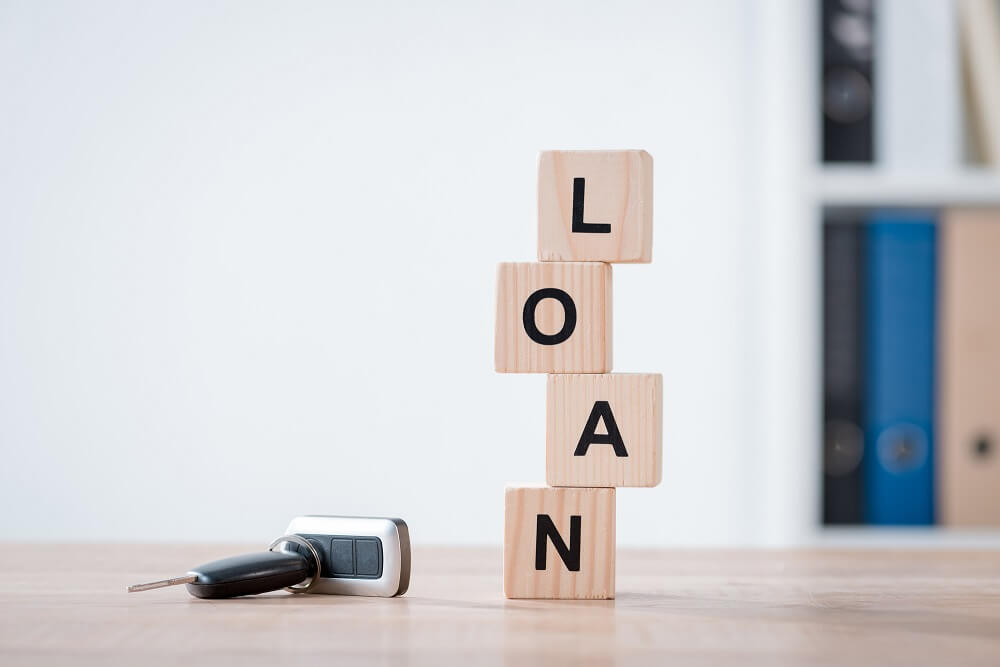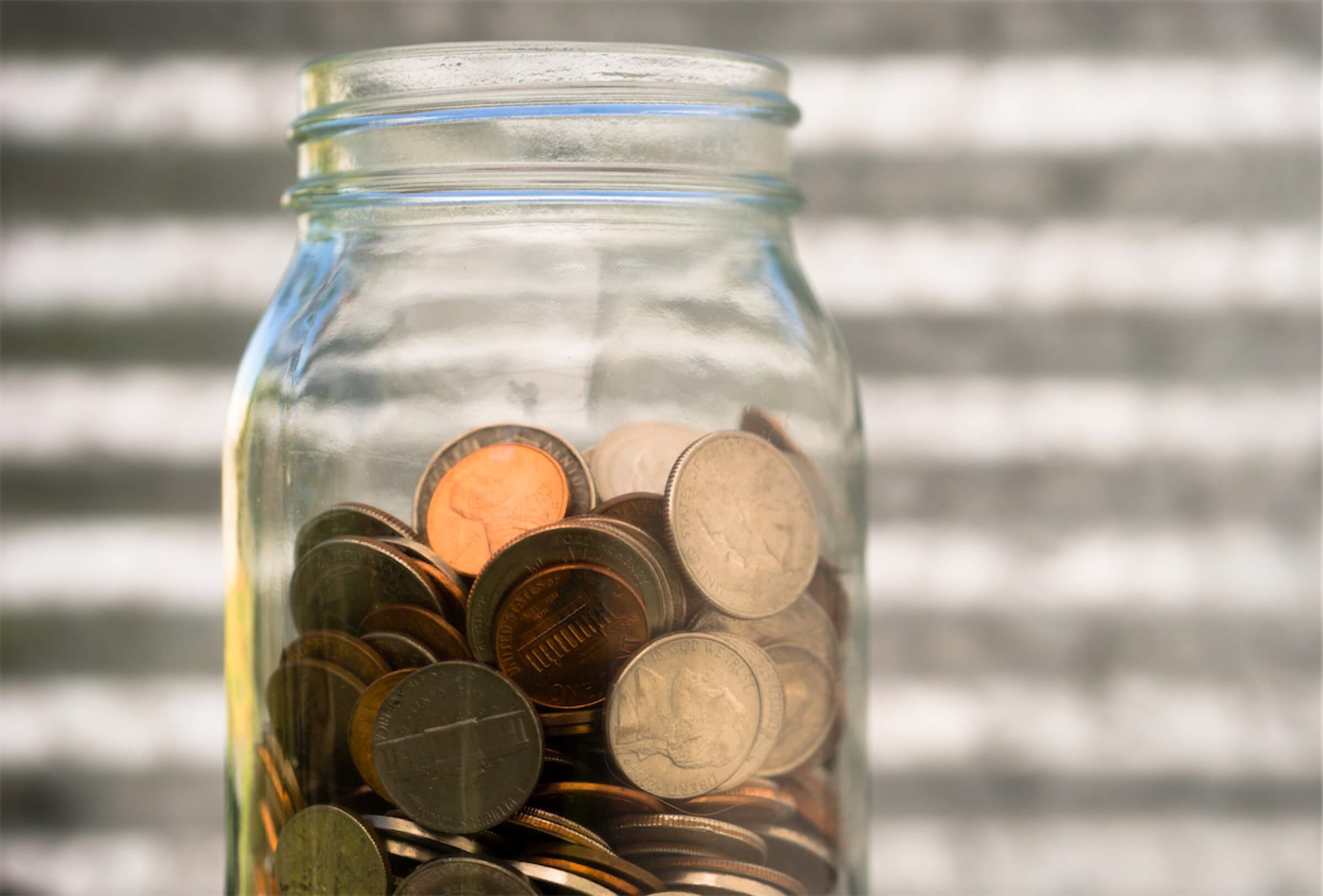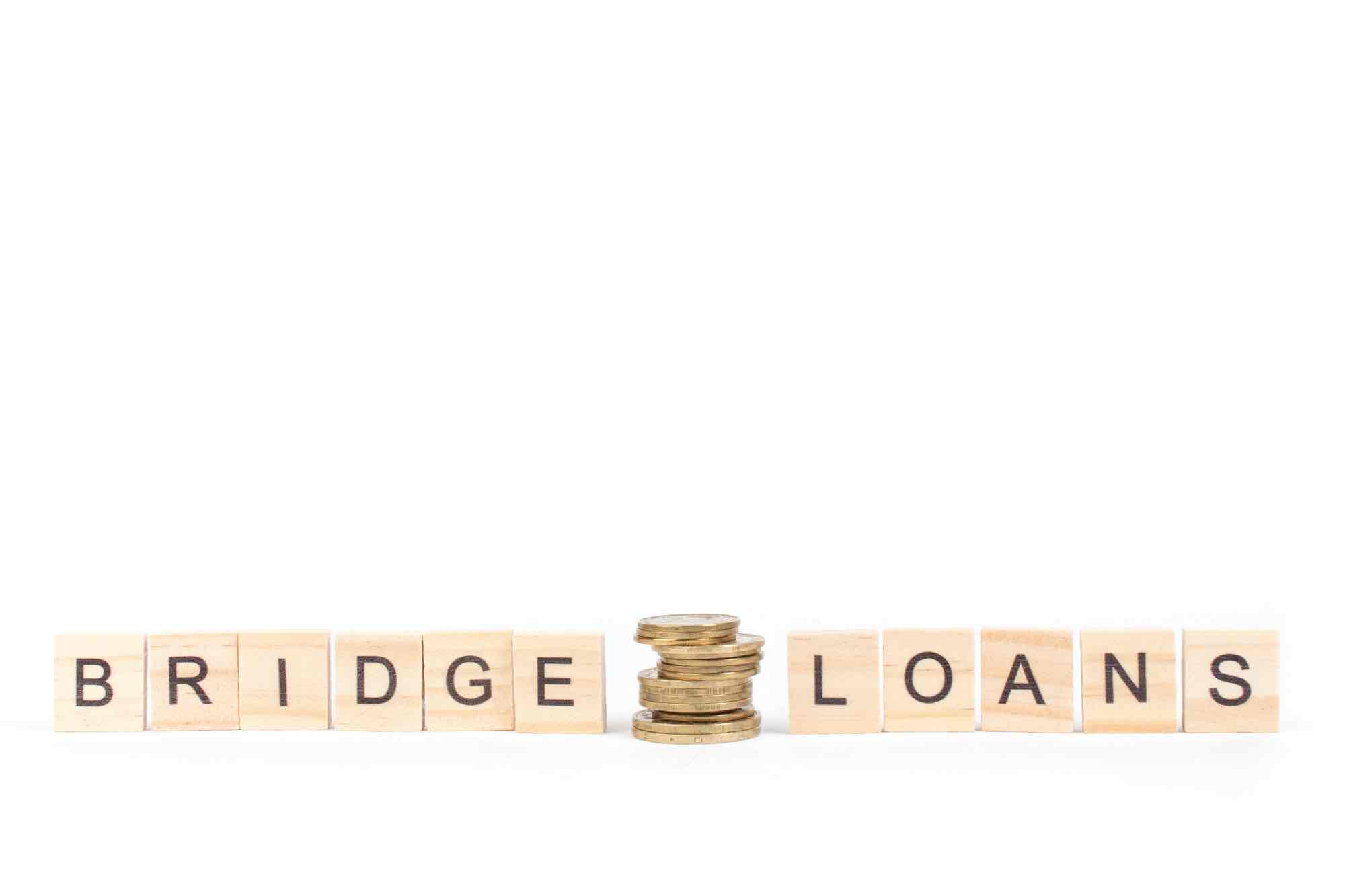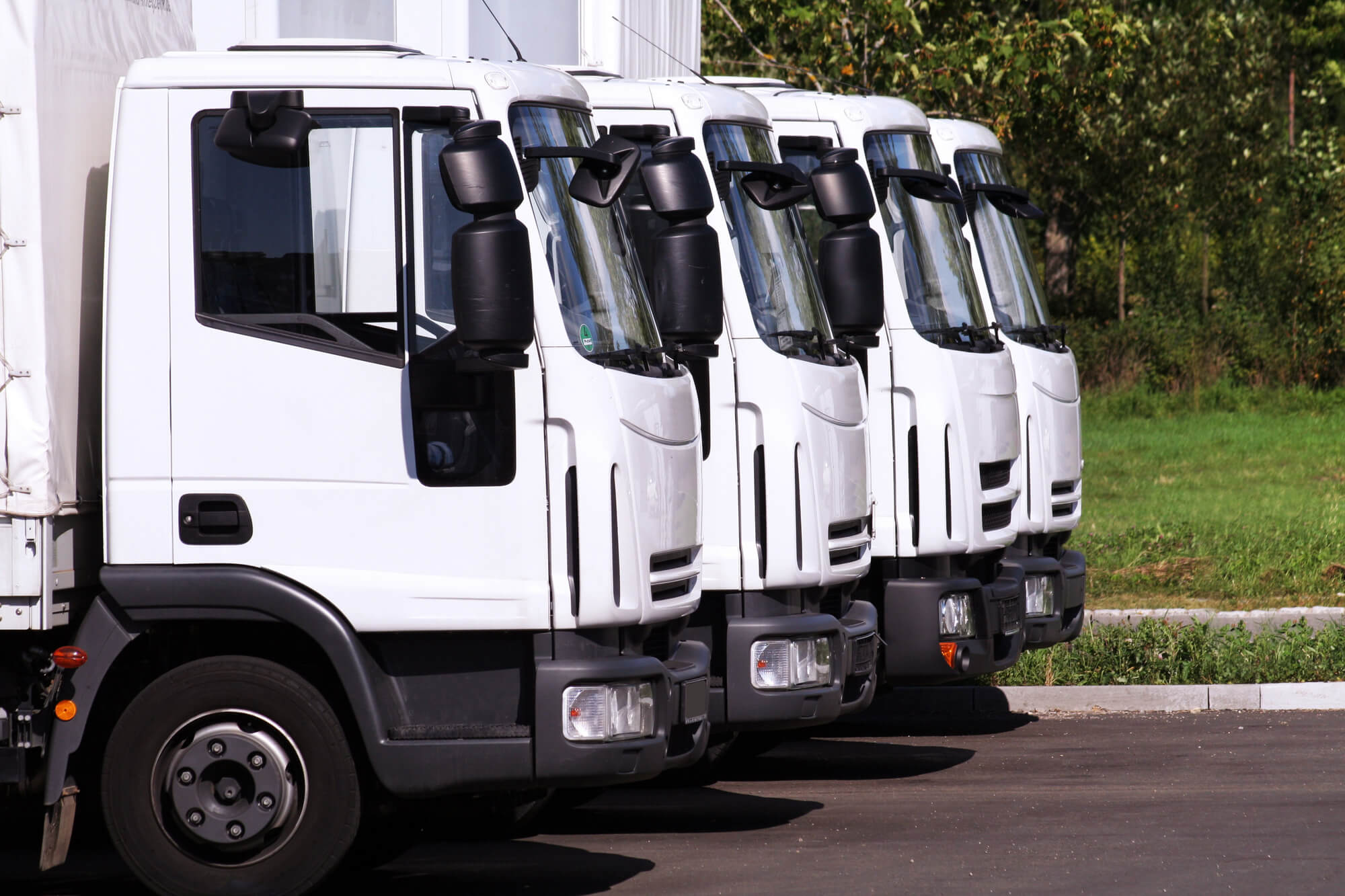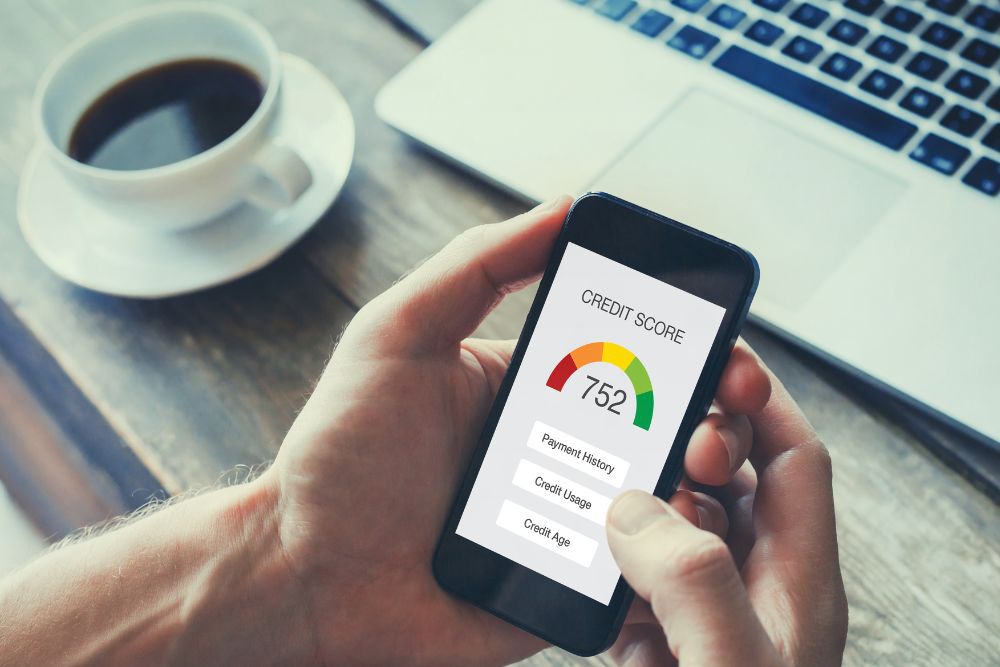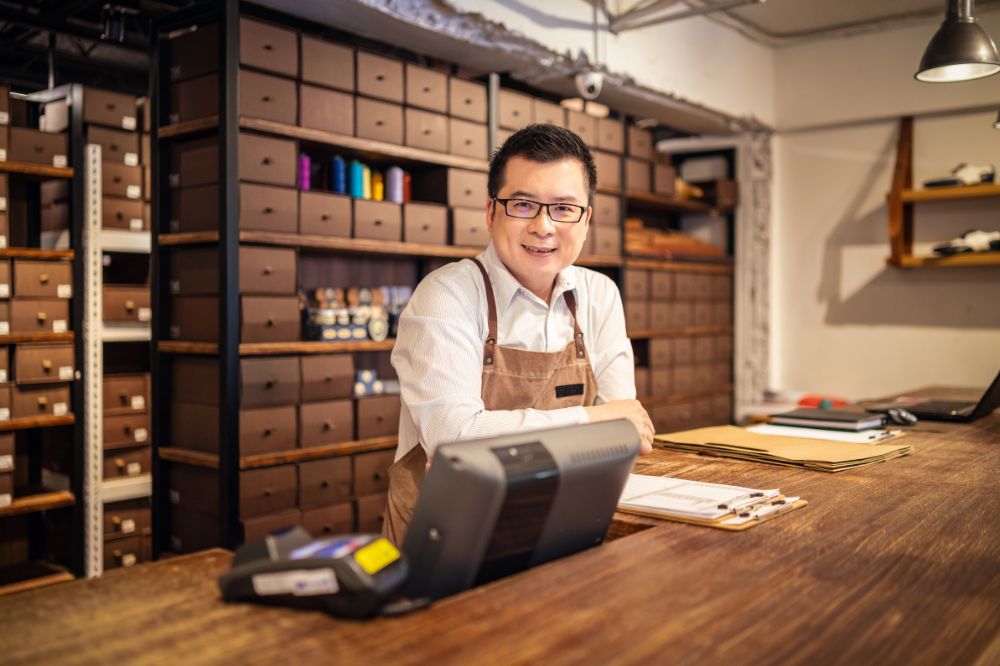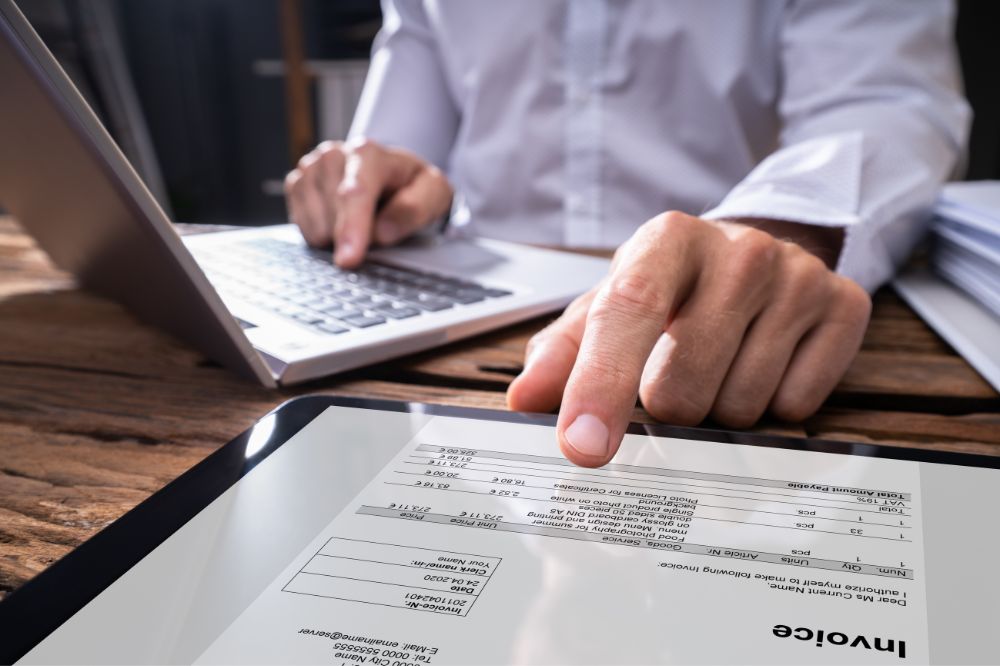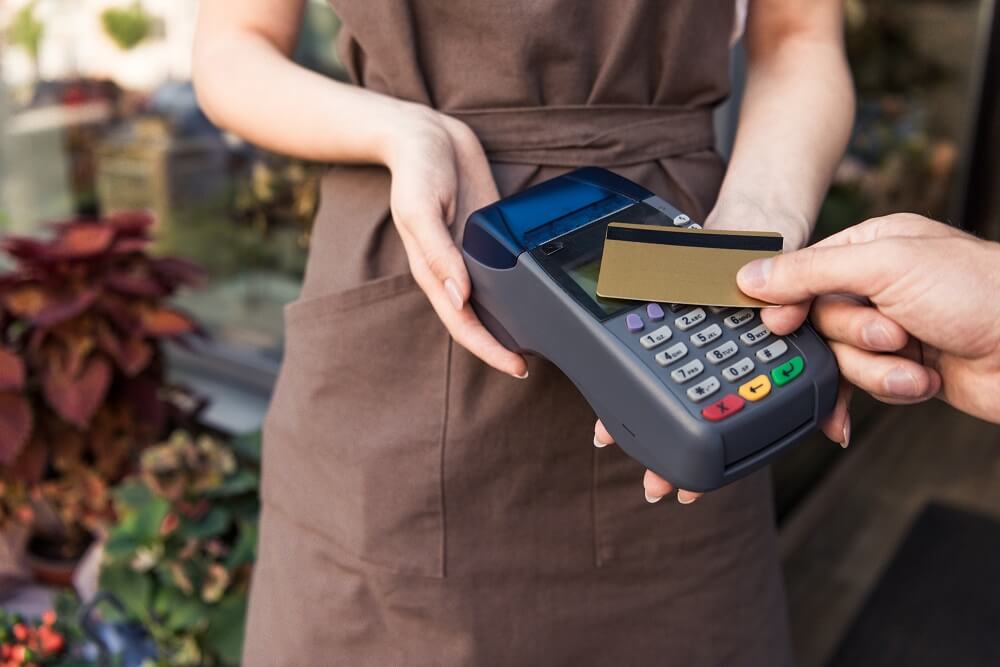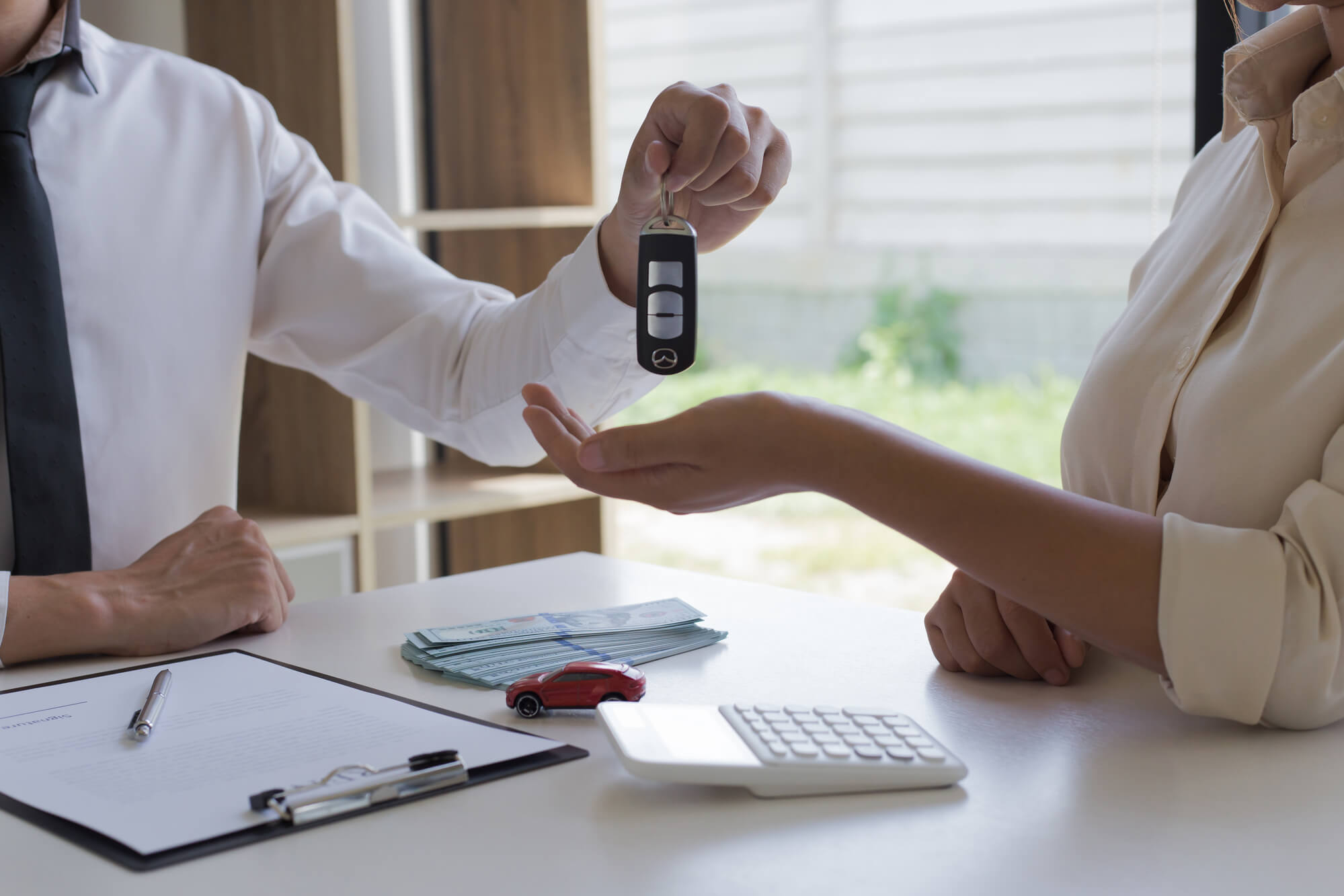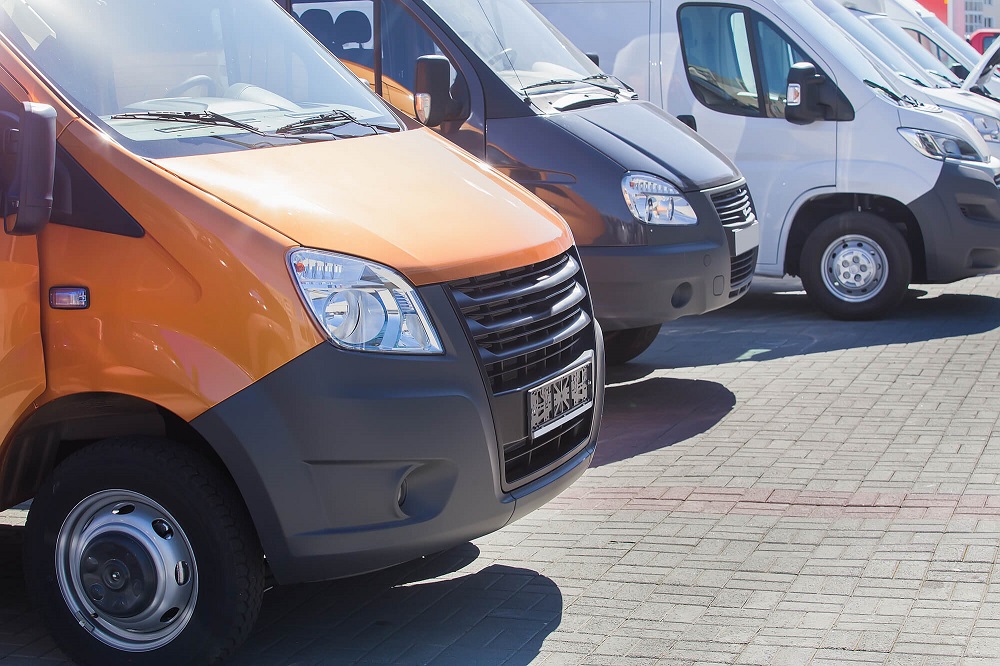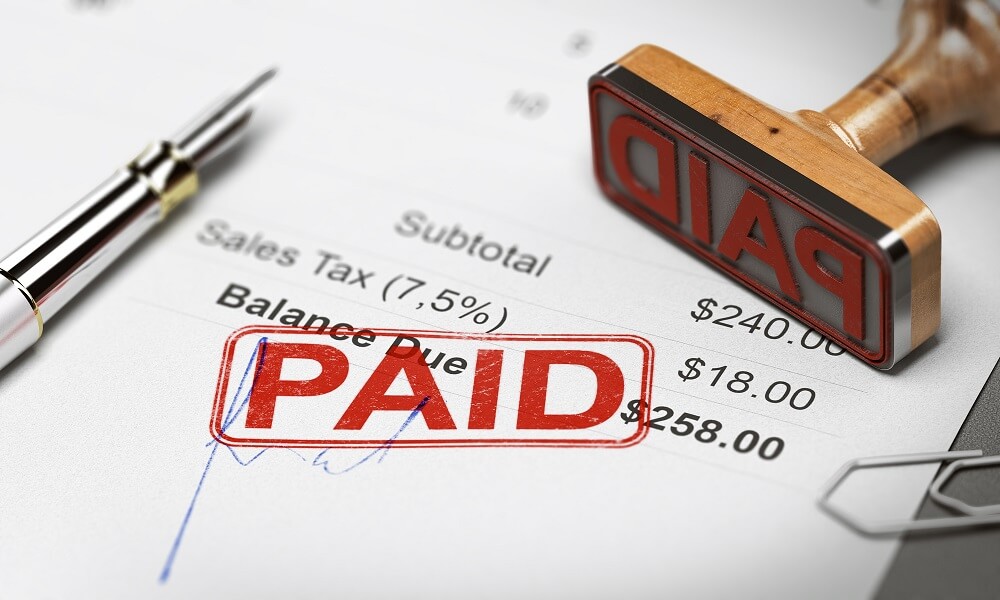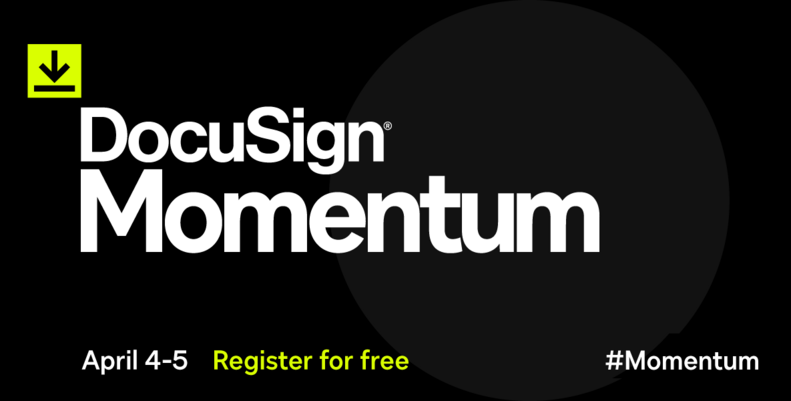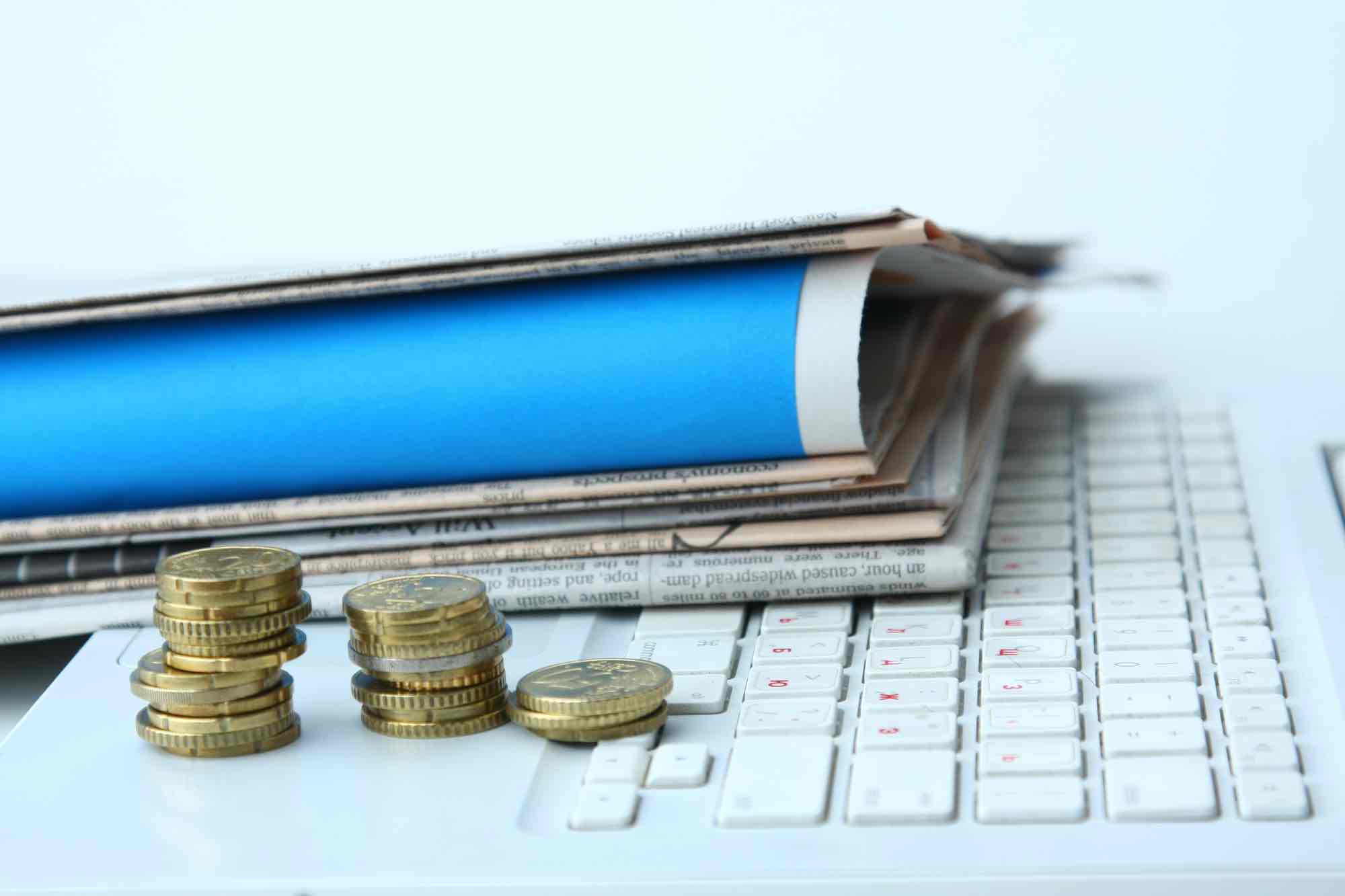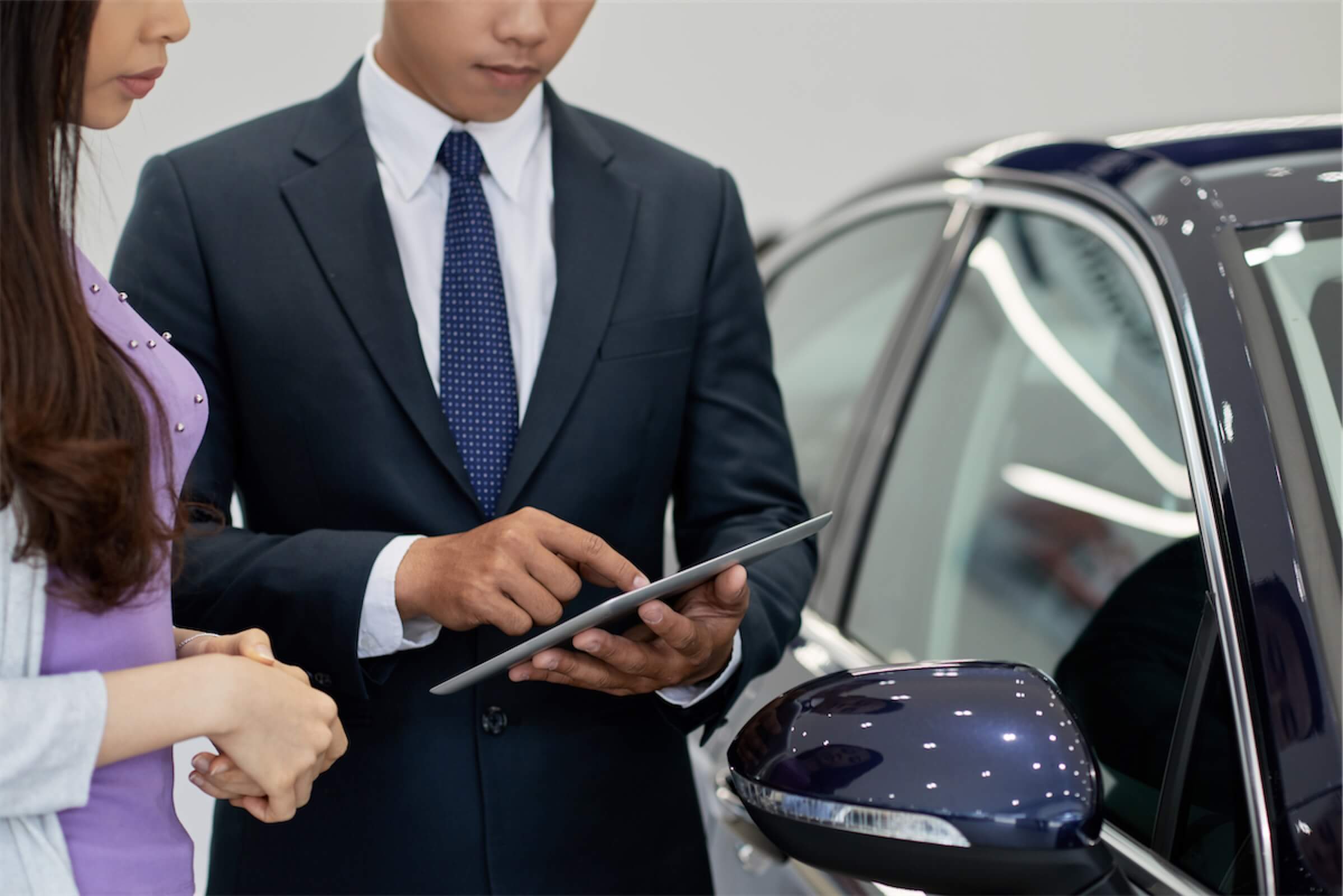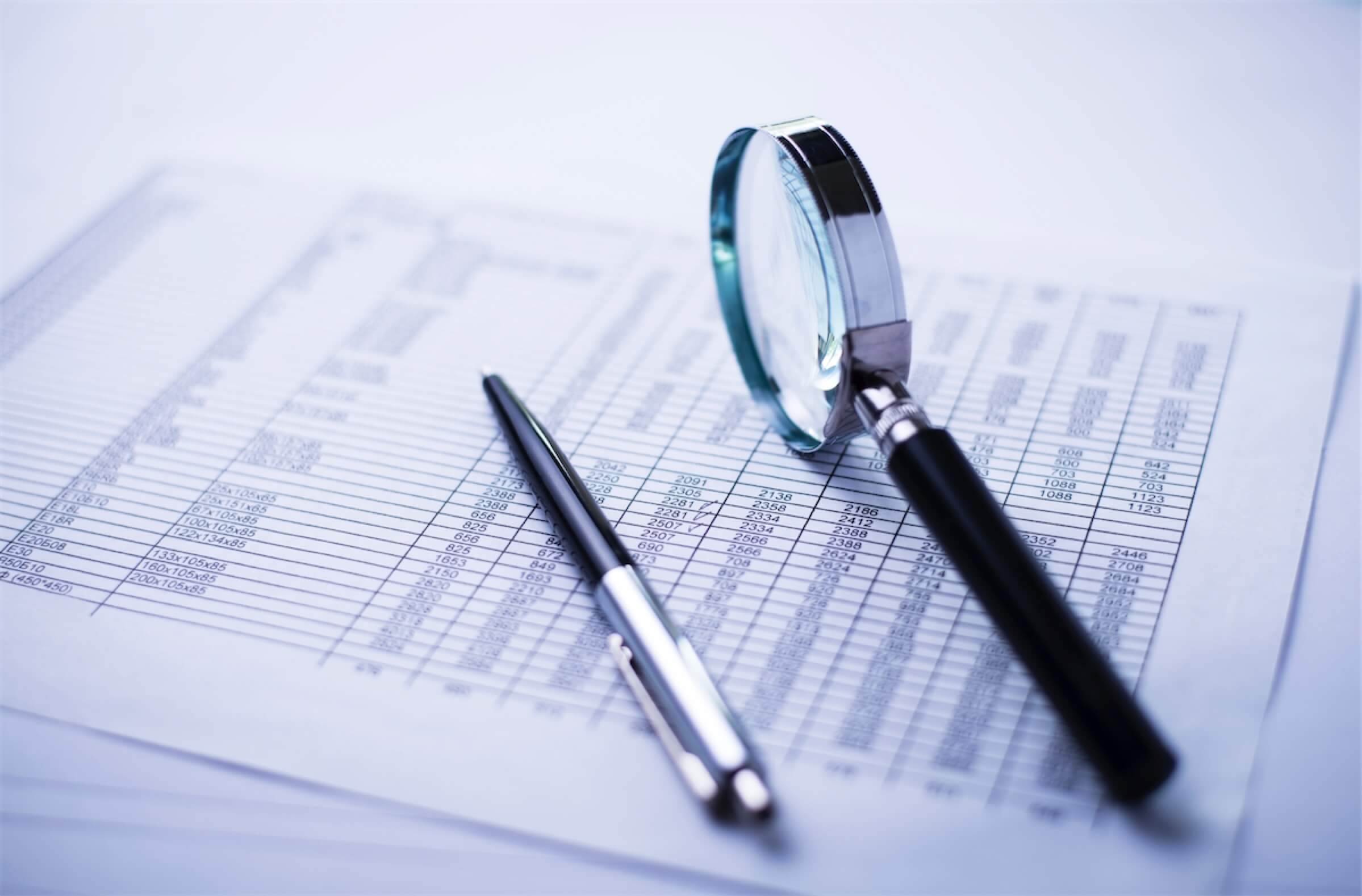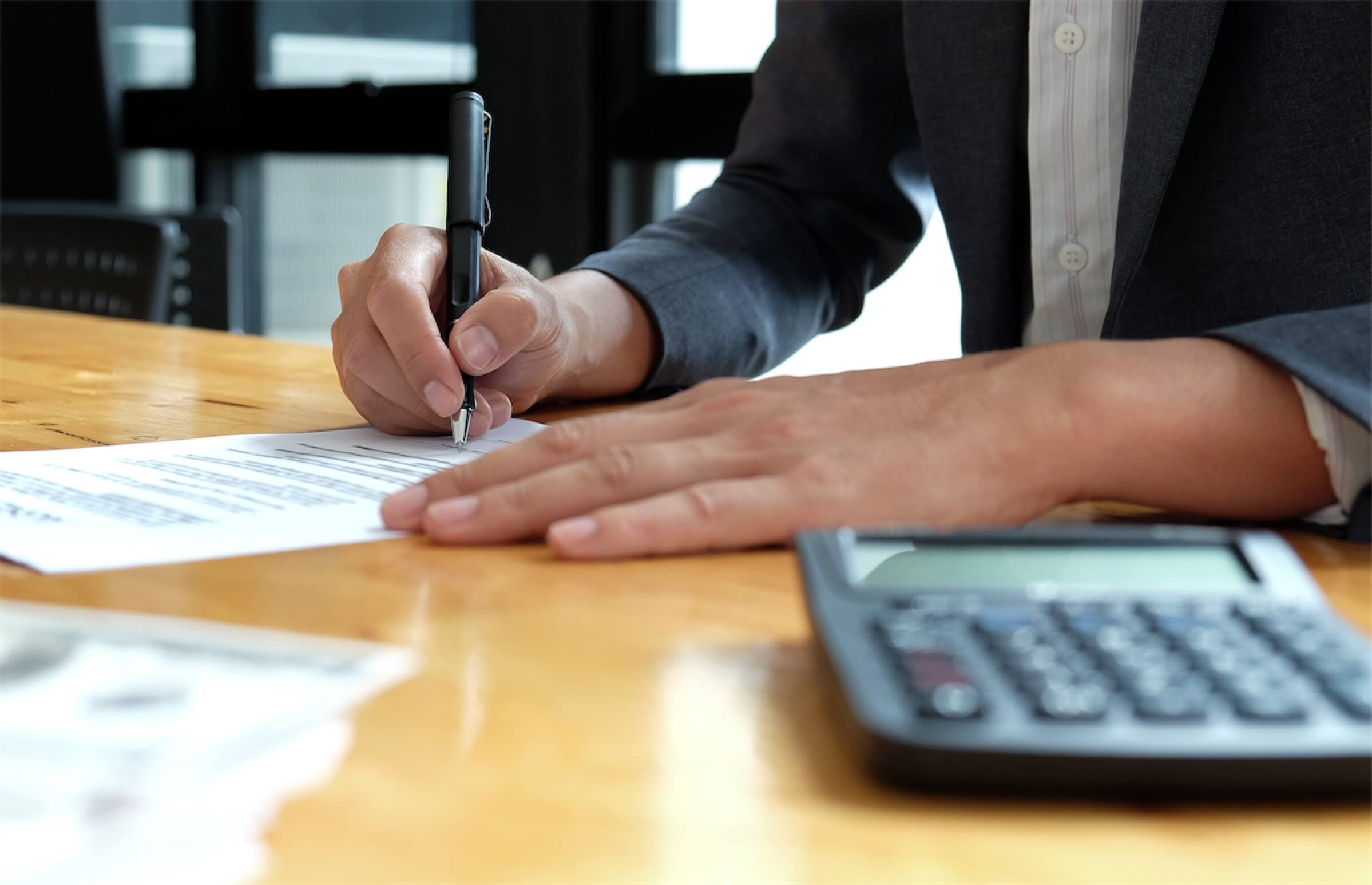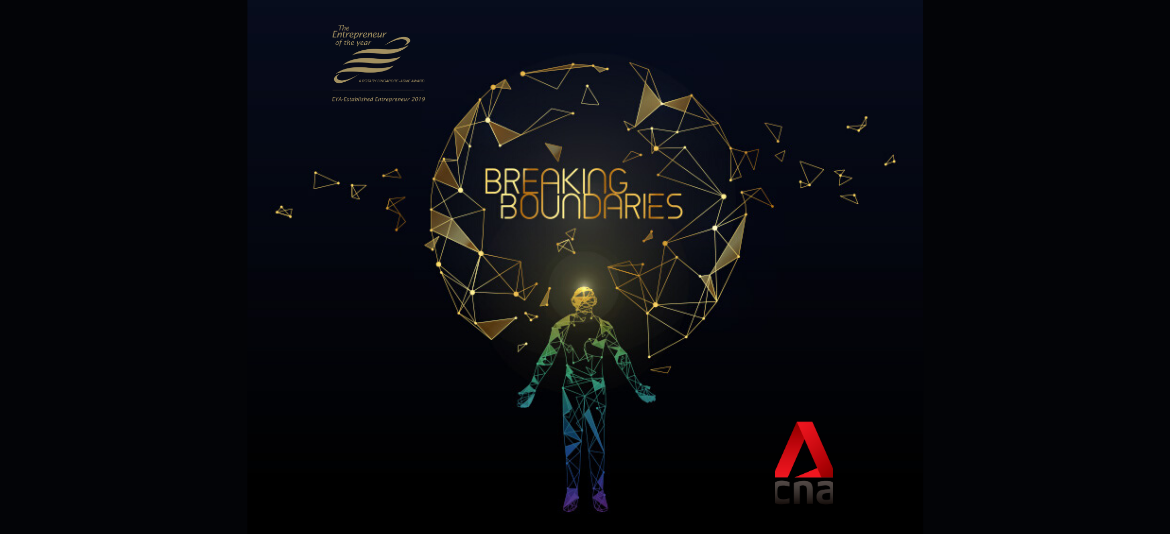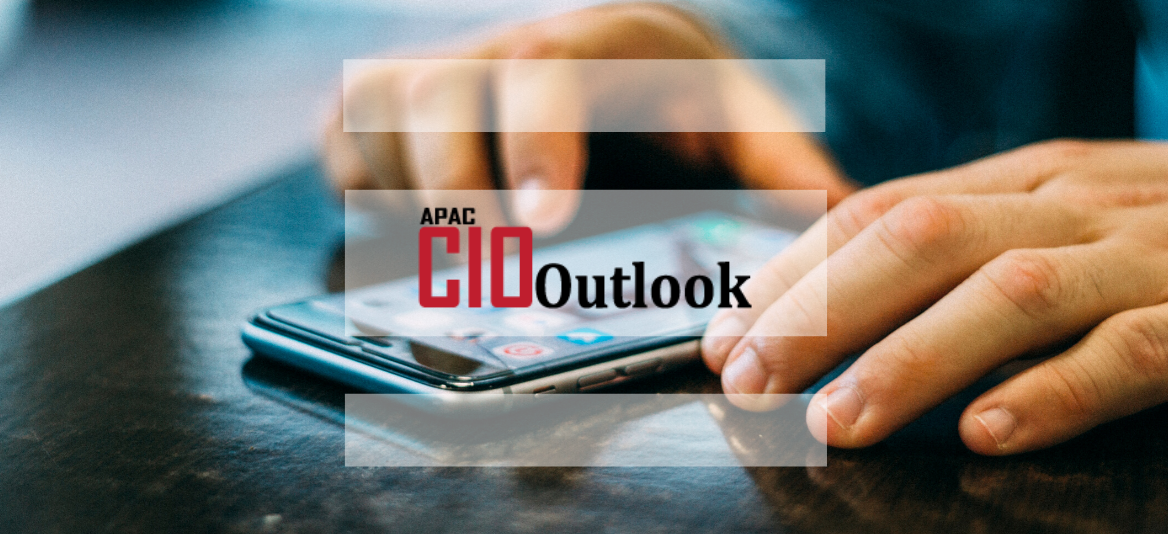

4 Best Business Loan Options For Financing Your F&B Business

2020 hasn’t been kind to many businesses. With the outbreak of COVID-19, food and beverage (F&B) businesses in Singapore have taken a significant hit, facing over 50% – 80% drop in revenue with more than 500 eateries closing down. Well-known restaurants such as The Chophouse and The Starker Group have made the painful decision to cease operations. Nonetheless, there are potential solutions to curb and resolve cash flow issues. Thinking ahead and getting a business loan to finance your business operations can help you through these difficult times.
Before we dive into the business loans available, you first need to understand the costs of running an F&B business. This helps you to choose the best business loan suited for your establishment.
Costs Of Running An F&B Establishment In Singapore
When it comes to running a restaurant, there’s no textbook answer or formula. Especially when unexpected circumstances such as COVID-19 hits, things get tougher.
So, how much do you need to start your own F&B business? How much business capital do you need?
Well, to open your very own restaurant or eatery, you will need an estimated amount of S$50,000 to S$600,000. This depends on the size of your establishment, the location, the food served, rental costs, inventory, and more.
Here, we break down the different costs of running an F&B business in Singapore.
6 Types Of Costs Of Running An F&B Establishment
1. Rental Fees
One of the highest costs of running an F&B business in Singapore is the rental fees. Singapore is a small island and property is expensive. Naturally, locations with high foot traffic call for higher rental costs.
If you are operating a cosy café in the Central Business District (CBD) area, be prepared to fork out roughly S$10,000 to S$30,000 per month for a 1,000 sqft to 2,500 sqft shop rental.
On the other hand, a café located in the neighbourhood will cost around S$5,000 to S$7,000 per month for 800 sqft to 1,000 sqft.
The difference in rental cost is great; thus, location is key when it comes to running an F&B business. Not only should you take that into account, you should also consider if the demographics of that area matches your target consumers.
2. Utility And Renovation
As an F&B business owner, you will also have to consider the utility and renovation costs. Utility fees are charged monthly, while renovation fees are charged when necessary.
You need to renovate and customise the outlet to suit your brand. Depending on what you plan to do, you will have to prepare between S$20,000 to S$100,000 for your establishment’s renovation.
3. Equipment
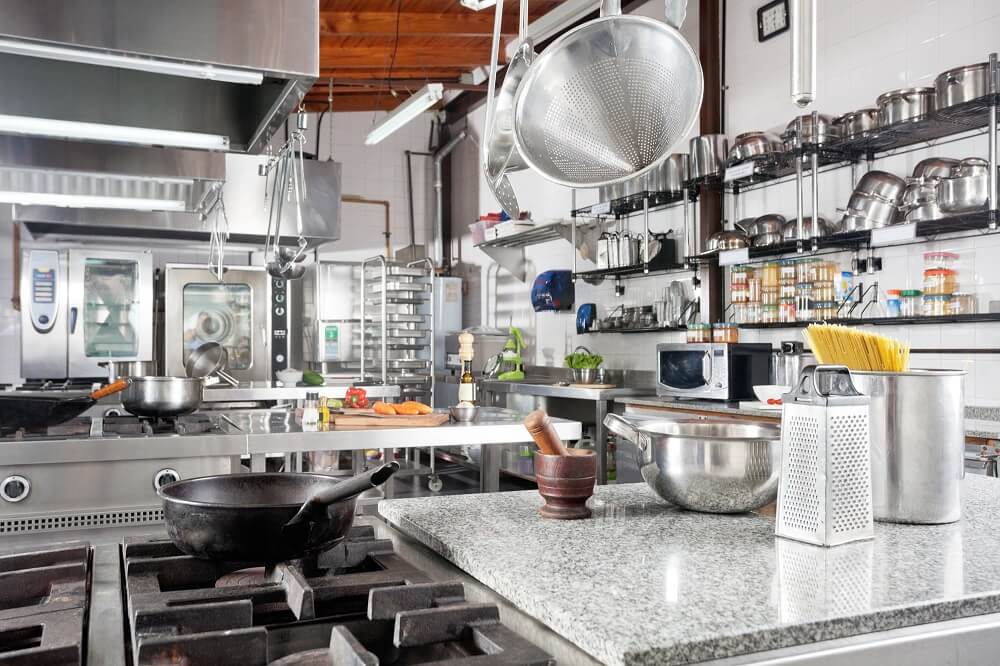
Another non-excludable cost in running an F&B business is equipment cost.
Equipment cost includes kitchen appliances such as ovens, dishwashers, utensils, counters, and more. This varies with the amount of equipment you need, and the estimated cost is around S$50,000. If your restaurant is a high-class restaurant, you will likely need to increase your equipment budget.
4. Recruitment And Training
To run your F&B business well, you need to recruit enough staff and provide them with adequate training. This ensures that they are equipped with the right customer service skills.
Hence, setting aside a budget for recruitment and training is essential.
5. Licenses And Permits
To operate a food stall, you will have to apply for a Food Shop License that costs S$195 per year.
F&B entrepreneurs will also have to apply for employee permits and food handling licenses. All staff handling food will have to go through the Basic Food Hygiene Course, which comes at the cost of S$21.40 for Singaporeans and S$107 for Foreigners respectively.
If your F&B establishment serves alcohol, you will need a Second Class Liquor License which costs an estimated S$1,320 for 2 years.
6. Inventory And Supplies
The last major cost in running an F&B business in Singapore would be the inventory and supplies. On average, this cost could take up 20% – 50% of your revenue.
| Factors | Estimated Amount |
| Rental Fees | S$5,000 – S$30,000 / month |
| Utility and renovation | S$20,000 – S$100,000 |
| Equipment | S$50,000 |
| Recruitment and training | S$20,000 – S$25,000 |
| Licenses and permits | >S$300 |
| Inventory and supplies | S$3,000 – S$100,000 / month |
With all of these costs to consider, it is understandable why up to 40% of F&B businesses close down within a few years. With COVID-19, things are even tougher.
However, there are ways to salvage the situation. Business loans can be used to help F&B businesses in Singapore resolve cash flow issues, improve logistics, F&B ordering systems and more.
4 Business Loan Options Available
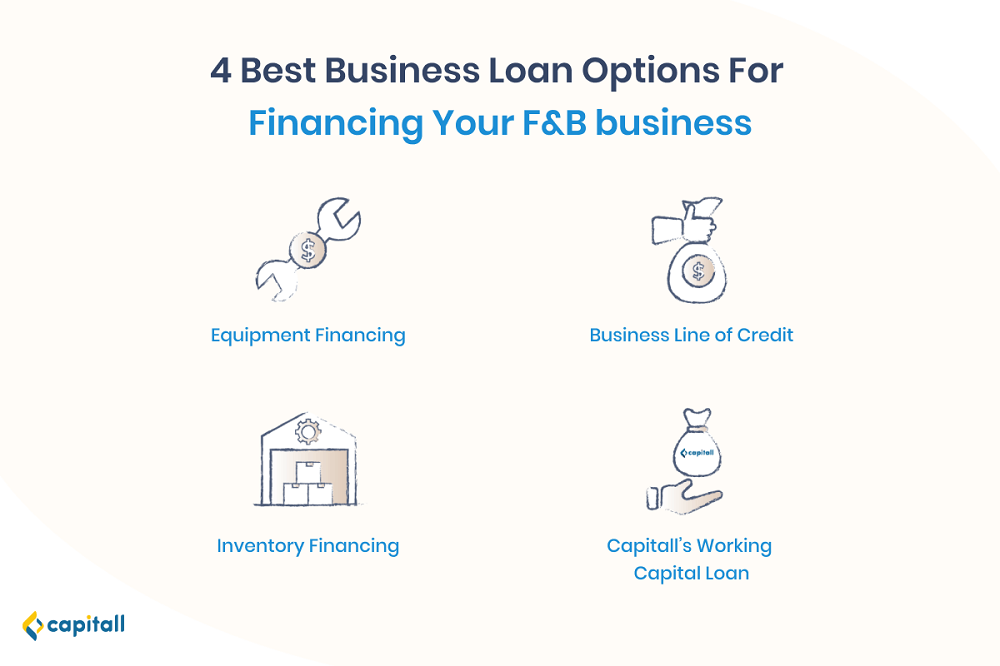
2020 hasn’t been kind to many businesses. With the outbreak of COVID-19, food and beverage (F&B) businesses in Singapore have taken a significant hit, facing over 50% – 80% drop in revenue with more than 500 eateries closing down. Well-known restaurants such as The Chophouse and The Starker Group have made the painful decision to cease operations. Nonetheless, there are potential solutions to curb and resolve cash flow issues. Thinking ahead and getting a business loan to finance your business operations can help you through these difficult times.
Before we dive into the business loans available, you first need to understand the costs of running an F&B business. This helps you to choose the best business loan suited for your establishment.
Costs Of Running An F&B Establishment In Singapore
When it comes to running a restaurant, there’s no textbook answer or formula. Especially when unexpected circumstances such as COVID-19 hits, things get tougher.
So, how much do you need to start your own F&B business? How much business capital do you need?
Well, to open your very own restaurant or eatery, you will need an estimated amount of S$50,000 to S$600,000. This depends on the size of your establishment, the location, the food served, rental costs, inventory, and more.
Here, we break down the different costs of running an F&B business in Singapore.
1. Equipment Financing
Equipment financing helps businesses purchase equipment and machineries. Think freezers and large machinery like stoves.
With an equipment financing business loan, entrepreneurs can receive funds to purchase the equipment they need for their business. As equipment financing is a secured loan, the purchased equipment will act as the collateral for the loan.
Equipment financing can come in handy for F&B businesses and bring in higher revenue in the long-run. For instance, a Japanese restaurant owner urgently needs to purchase new freezers and stoves because his freezers and stoves have broken down. Without these equipment, the business cannot continue, and they will be operating at a loss daily.
By applying for an equipment financing business loan, the Japanese restaurant owner will get the money needed to purchase the freezers and stoves quickly. Less time will be wasted, and business can resume.
2. Inventory Financing
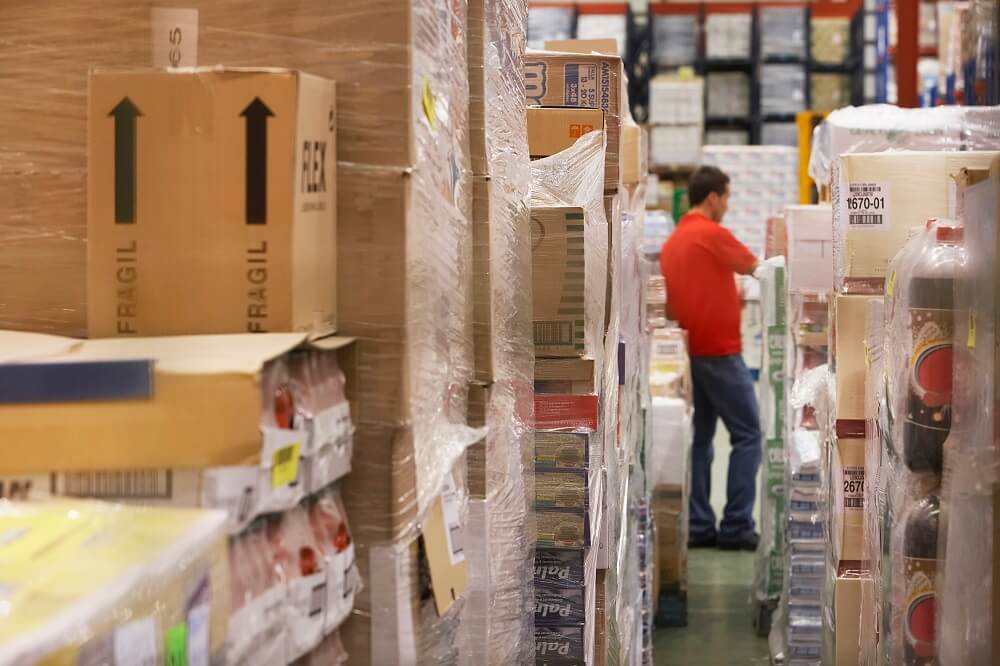
Inventory financing allows business owners to get the money needed to fund inventory purchases. Similar to equipment financing, the inventory is used as collateral for the loan.
Most businesses use inventory financing to cover short-term cash flow issues or to cover seasonal sales such as Chinese New Year and Christmas.
Inventory financing helps F&B businesses procure more stocks and inventory to prepare for a busy season. For example, Chinese restaurants will often procure a larger amount of ingredients before Chinese New Year (CNY). Sales volume increases significantly during CNY as families celebrate.
By increasing inventory, F&B owners can take advantage of the season and serve more customers, increasing revenue.
3. Business Line Of Credit
Another business loan option for entrepreneurs is the business line of credit.
In general, a business line of credit functions similarly to a personal credit card. It is a revolving loan that allows borrowers to draw funds from a pre-approved amount of capital anytime.
What differentiates the business line of credit from other loan options is that interest is only charged when funds are drawn. At the end of every month, a monthly statement will be sent to you, reflecting the credit used and interest charged.
For example, if you were to withdraw S$20,000 in August, the monthly statement will include the interest charged based on that amount. After the amount has been repaid, your credit limit will revert to the full amount again.
A business line of credit is beneficial in times of crisis. In fortunate cases, F&B owners would need to purchase more food to cater to the sudden influx of customers due to a successful marketing campaign.
In unfortunate situations, you may need to replace a piece of equipment due to equipment malfunction. If the freezer in the kitchen gave way, you would need to purchase a new one immediately to reduce time and supply wastage. Large freezers are not cheap, and you will need large amounts of cash quickly. If you have a business line of credit opened, you can quickly draw out the money required to manage the crisis, preventing further damage.
Learn more about how a business line of credit can help your business here.
4. Capitall’s Working Capital Loan
A working capital loan is a business loan that helps companies finance their day-to-day operations. It allows companies to cover the funds needed for payroll, rent, marketing promotions, and inventory.
Working capital loans are commonly used by businesses that have high seasonality or cyclical sales. The funds help them tide through a crisis or reduced business activities. If a company is facing cash flow issues and problems managing day-to-day operations, a working capital loan can lend a helping hand.
Capitall’s Working Capital Loan stands out from other financial institutions as it’s easily accessible. Your business is eligible for a working capital loan if it has an operational history of at least 10 months. You can loan up to S$300,000, and the loan application can be processed and approved within 24 hours. This ensures no missed business opportunities.





